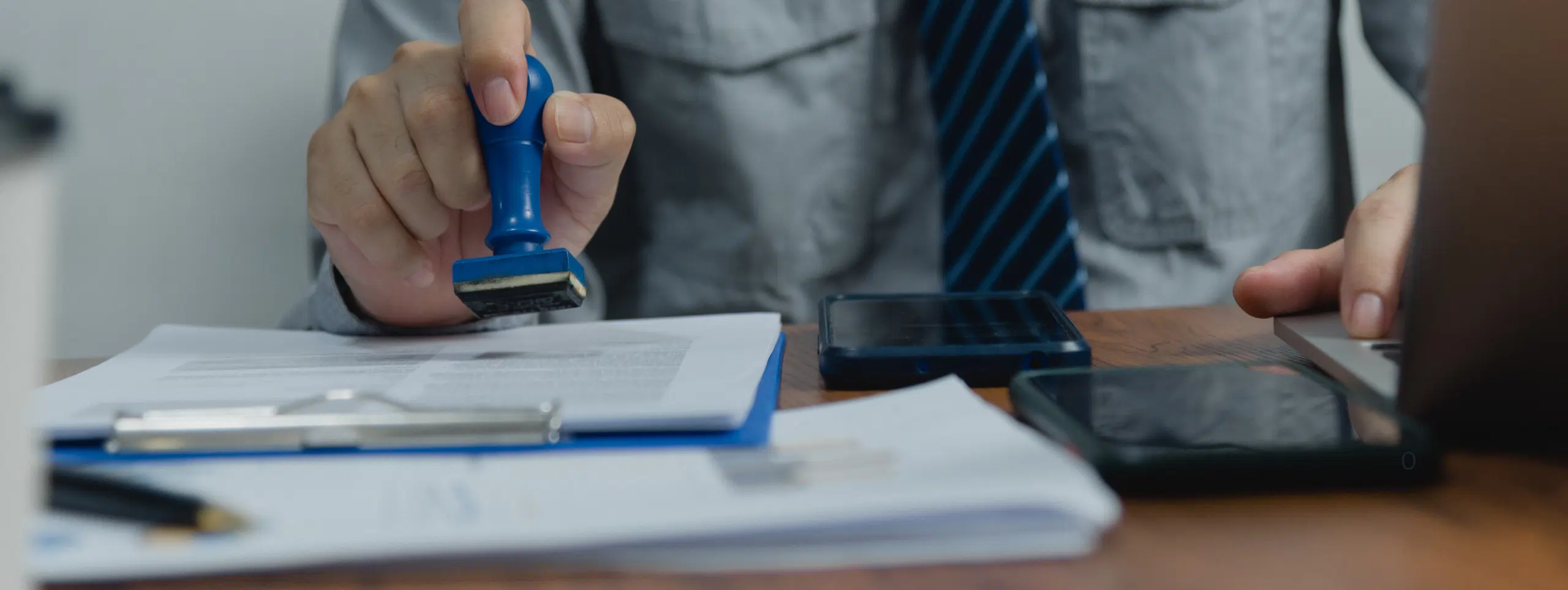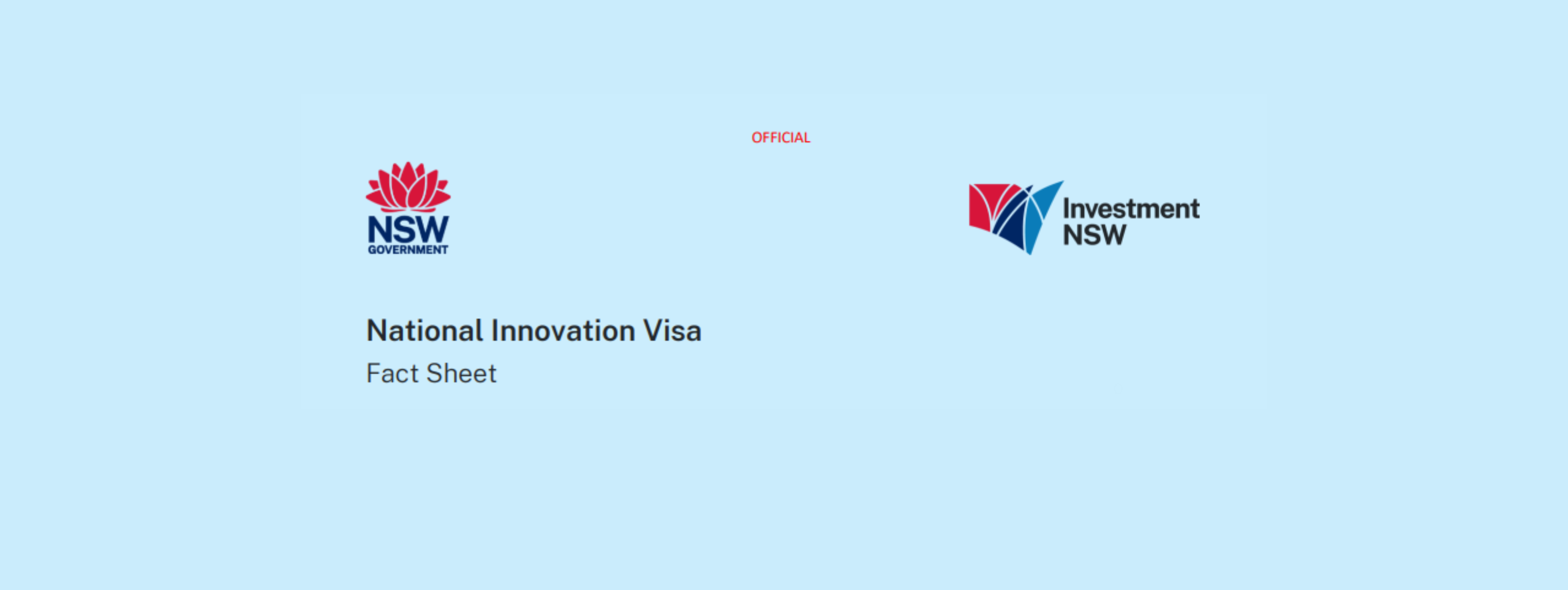
Surging rejection rates of Subclass 600 Visitor visas are catching tourists and families off guard – here’s why, and what you can do to avoid a costly denial.
Australia has long been a top destination for tourists and visiting families alike, but a sharp rise in visitor visa refusals is now leaving many would-be travellers stranded. Applications for the Subclass 600 Visitor visa – typically used for holidays, family visits or short business stays – are increasingly being rejected, often without applicants fully understanding why.
This growing trend has sparked frustration, disrupted family reunions, and even impacted the country’s tourism economy. Policy analysts estimate that Australia is losing around $500 million annually as a result of genuine tourists being denied entry under tightened visa controls.
Why Are Visa Refusals Increasing?
According to recent immigration data and industry experts, the Department of Home Affairs has taken a notably stricter approach in assessing visitor visa applications. The central requirement under scrutiny is the Genuine Temporary Entrant (GTE) criterion – a legal test to ensure applicants truly intend to stay in Australia temporarily.
“The Department is laser-focused on preventing misuse of visitor visas,” explains Migration Partner at Brightstone Migration. “Unfortunately, that also means many genuine visitors are being refused if they can’t convincingly prove they’ll return home.”
Tighter enforcement follows policy changes and growing concerns about individuals entering on tourist visas and then seeking asylum or overstaying. A previous change to the online application system led to a 700% spike in asylum claims, prompting increased caution from authorities.
Contributing Factors
Several key drivers are fuelling the spike in refusals:
Applicants must now show strong ties to their home country – such as stable employment, family responsibilities, or property ownership – and demonstrate financial means to support their trip.
Streamlined online applications have made the process faster, but also opened the door to misuse, prompting more aggressive vetting.
With travel rebounding after COVID-19 restrictions, high volumes of applications have led to greater scrutiny and less tolerance for incomplete or unclear submissions.
Real-World Impact: A Case Study
One applicant, a mother seeking to visit her daughter in Australia, was refused twice – once in 2022 and again in 2024 – despite submitting additional documentation. In both cases, the Department concluded that her ties to her home country were insufficient to guarantee her return.
Her case is far from isolated. Migration professionals report a rising number of similar outcomes, particularly among older applicants or those from high-risk countries.
Read More Cases: Twice refused for Subclass 600 Visitor Visa
Common Reasons For Refusals
Most Subclass 600 visa refusals fall under a few common categories:
- Insufficient documentation: such as lack of financial proof or evidence of return commitments.
- Incorrect visa stream: applying under the wrong stream (e.g. tourist instead of sponsored family).
- Inconsistent or false information: triggering automatic refusal under Public Interest Criterion 4020.
- Health or character concerns: failing medical requirements or having a criminal history.
- Past immigration issues: such as overstaying a previous visa.
Even small errors – like a mismatched itinerary or vague employment details – can jeopardise an application.
What To Do If Your Visa Is Refused?
If you have received a visa refusal, do not panic – but do act quickly. You generally have two options:
- Reapply: correcting the issues highlighted in the refusal letter and submitting stronger evidence.
- Appeal to the Administrative Review Tribunal (ART) if eligible: note that not all refusals can be reviewed, and the process can take over a year and cost up to $3,496.
In both cases, it is strongly advised to consult with an immigration professional.
Read More: Visa Refused? Visa Appeal Guide: Key Steps to Success
Secure Your Success: Expert Help Matters
Australia’s visa landscape is complex and constantly evolving. With rejection rates rising, even honest applicants can find themselves on the wrong side of a refusal.
“Many refusals are entirely preventable,” says Migration Partner at Brightstone Migration. “We help clients present stronger applications, especially in cases with past refusals or complex backgrounds.”
If you’re planning a visit to Australia, don’t leave it to chance. Proper preparation and professional guidance can mean the difference between a dream holiday and a cancelled flight.
Need help with a refusal or reapplication? Contact Brightstone Migration today to book a consultation with our experienced team.
Frequently Asked Questions (FAQ)
The GTE requirement ensures that visitor visa applicants genuinely intend to stay in Australia temporarily for approved purposes such as tourism, business or visiting family. To meet this requirement, you must demonstrate strong personal, financial or professional ties to your home country that indicate you will return after your visit. Failure to satisfy the GTE test is one of the most common reasons for visa refusals.
Yes, you can reapply at any time. However, reapplying without addressing the reasons for your previous refusal will likely lead to another denial. It is essential to carefully review the refusal letter, strengthen your evidence and submit a revised and more compelling application.
In some cases, yes. You may have the right to appeal if your application was lodged under the Sponsored Family stream or if you applied while in Australia. Eligible applicants can request a review by the Administrative Review Tribunal (ART). Keep in mind that this process is legal in nature, time-consuming and may involve significant costs.
ART reviews for visitor visa refusals currently take approximately 11 to 14 months. During this time, unless you hold another valid visa, you typically cannot enter Australia. An appeal should be pursued only if you believe the original decision was incorrect and you can present strong supporting evidence.
Submitting false, misleading or inconsistent information is a serious breach and can lead to visa refusal under Public Interest Criterion 4020. This can also result in a 3-year ban from applying for any Australian visa. Always ensure your documents and statements are truthful, consistent and supported by verifiable evidence.
Possibly. Visa officers assess whether you can afford your travel and stay in Australia without becoming a financial burden. If you cannot demonstrate sufficient funds or reliable financial support, your application may be refused. Provide evidence such as recent bank statements, income documents or financial support letters from a sponsor.
Yes, but it is not an automatic barrier. A past refusal will be considered in future applications, but you can still be granted a visa if you clearly address the concerns raised and provide stronger evidence. Each application is assessed on its own merits.
Immediately. If you are in Australia, you usually have only 28 calendar days to file an appeal or 35 days to make arrangements to leave the country. Even if you are outside Australia, early action improves your chances of submitting a stronger reapplication. Seeking advice from an immigration professional without delay is strongly recommended.
Need to consult with us? Book an appointment today.
Our team will give you expert advice that has been specifically tailored to your case.
Successful Cases

Overcoming Character Concerns: Permanent Residency Secured for Young Family
Today
Overcoming Adversity: How Expert Legal Advocacy Secured Justice in a Complex Character-Based Visa Appeal
Today
Turning the Tide: Tribunal Overturns Visa Refusal, Unlocking New Opportunities for a Genuine Student
Today
A Single Domestic Incident, a Two-Year Bond and a Critical Visa Decision: Will Discretion Be Granted?
Today
Bridging The Gap: Bridging Visa B Granted on Day of Submission
Today
Third Time’s the Charm: Brightstone Secures Visa After Two Previous Refusals
TodayRelated news

NSW Opens Nominations for the National Innovation Visa

Dreaming of Australia? How to Migrate to Australia Based on Your Life Stage

National Innovation Visa: NSW Sets the Bar for World-Class Talent
How we will help
Free Assessment
Please call us or fill in the questionnaire here for a free initial assessment. After a simple communication, we will understand your concerns and visa requirements in detail, and then provide a timely and comprehensive professional consultation with tailor-made plans.
Consultation
Our consultations are typically 45-60 minutes long, which allows us to provide you with a detailed strategy to address the needs and concerns you raised with us during the initial call.
Our fee is $400 + GST for the full session. You can book in a consultation by calling us, emailing us or filling in the Contact Us form.
Developing and Managing a Strategy
During our consultation session, we will go through in more detail your background and circumstances to ensure that we can provide a tailored solution to your problems and making sure that you meet all the legal requirements. If we notice any potential issues, we will also immediately formulate a solution.
We’ll also balance time required, cost and difficulty and allow you choose the most appropriate strategy. We will then attend to all visa application matters on your behalf.
